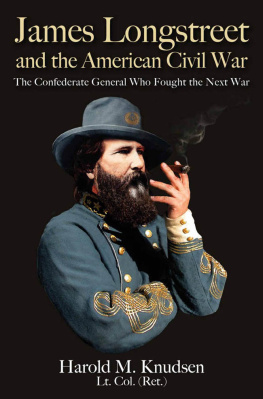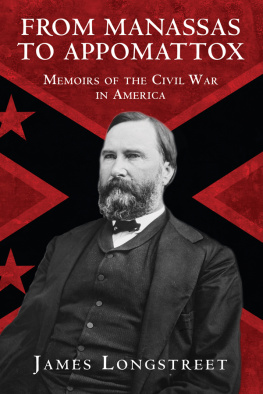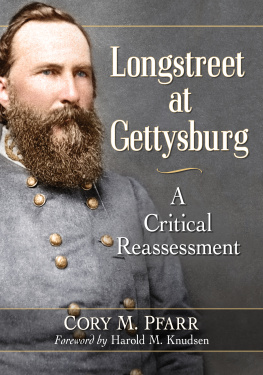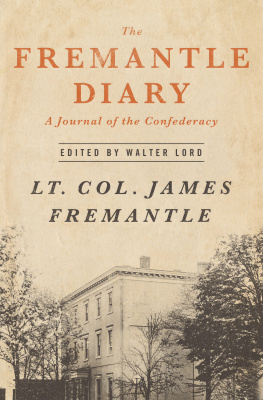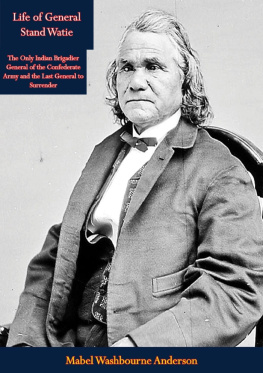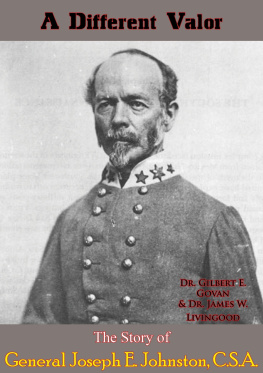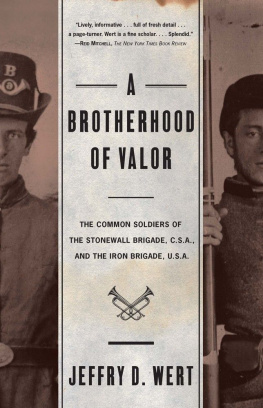Pagebreaks of the print version

James Longstreet and The American Civil War
The Confederate General Who Fought the Next War
Harold M. Knudsen, Lt. Col. (Ret.)
2022 Harold M. Knudsen, Lt. Col. (Ret.)
All rights reserved. No part of this publication may be reproduced, stored in a retrieval system, or transmitted, in any form or by any means, electronic, mechanical, photocopying, recording, or otherwise, without the prior written permission of the publisher.
Names: Knudsen, Harold M., author.
Title: The Civil War and General Longstreet: The Confederate General who Fought the Next War / by Harold Knudsen, LTC (Ret.).
Other titles: James Longstreet and the American Civil War
Description: California: Savas Beatie, [2022], | Includes bibliographical references and index.
Identifiers: LCCN 2019045463| ISBN 9781611214758 (hardcover) | ISBN 9781940669939 (ebook)
Subjects: LCSH: Longstreet, James, 1821-1904. | Longstreet, James, 1821-1904Military leadership. | GeneralsConfederate States of AmericaBiography. | Confederate States of America. ArmyBiography. | Military art and scienceConfederate States of America. | United StatesHistoryCivil War, 1861-1865Campaigns.
Classification: LCC E467.1.L55 K68 2022 | DDC 355.0092 [B] dc23
LC record available at https://lccn.loc.gov/2019045463
First Edition, First Printing
Savas Beatie LLC
989 Governor Drive, Suite 102
El Dorado Hills, CA 95762
916-941-6896
www.savasbeatie.com
Savas Beatie titles are available at special discounts for bulk purchases in the United States by corporations, institutions, and other organizations. For more details, please contact Savas Beatie, P.O. Box 4527, El Dorado Hills, CA 95762, or you may e-mail us at for additional information.
Dedication
This is dedicated to the Confederate and Union soldiers and officers who fought the War Between the States. Loyal to either their States or Union in accordance with the Constitution as they understood it and how they were raised. Great Americans all.

Longstreet in Contemplation. Ken Hendricksen
List of Maps
Second Manassas
Battle of Antietam
Fulda Gap Defense and Fairview Park
Battle of Gettysburg
Gazala Line
Battle of Chickamauga
Chattanooga and Grants Maneuver Options
Bridgeport Plan and Inchon Landing
Battle of Gettysburg: Actual Artillery Positioning
Battle of Gettysburg: Proposed Artillery Positioning
List of Drawings
Blackburns Ford
Union Army Retreating East From Manassas
Longstreets Troops Behind the Stone Wall at Fredericksburg
Grants Transports
A Confederate Who Knew the Area
Confederate Infantry
Confederate Troops at Chickamauga
Assault on Fort Sanders
Wounding of Longstreet at the Wilderness
Preface
My first thoughts on the theme of General Longstreet as a modern military thinker during the War Between the States came to me at the Combat Maneuver Training Center in Hohenfels, Germany, 1988-1995. During these years, I was assigned to an infantry battalion as a forward observer and to two artillery battalions on a wide variety of locations. These units trained on dozens of offensive and defensive battle plans, a few of which approximated the troop dispositions arranged on similar terrain features at Fredericksburg and Chickamauga utilized by Lt. Gen. James Longstreet.
A few years later when I was assigned to the Headquarters Department of the Army Pentagon in Washington, D.C., I picked these thoughts up again. I visited the battlefields and started my research to intersect Civil War tactics with my own professional military education, experiences, and training. What I learned became the genesis for this book.
I used letters, reports, firsthand accounts, and so forth, to better understand Longstreets actions and apply my own experiences to them. Therefore, this is not intended to be a biography of the general. My primary purpose and approach is to use the tools of the professional operational planner and experienced tactician as a prism or overlay to known historical facts, and thus better highlight Longstreets evolving thinking. I believe an examination of his ideas through the lens of military analysis of this type provides strong evidence that he continued to improve his battlefield tactics, and that he also began to consider the planning facets of what is known today as operational art (the level of war above tactics). As a result, many aspects this study will not be found in other works.
The early war chapters discuss how the Confederate Army started as a collection of brigades, and how its various commanders had to learn how to put together larger formations and use them effectively. Readers will quickly discern that most officers had no idea of how important force structure concepts were (and are), and that Longstreet was one of the few who grasped this concept early on. Longstreet helped Gens. Joe Johnston and Robert E. Lee plan not only the battles, but helped form a quasi-modern army out of mid-19th century disorganization. At the same time, Longstreet evaluated what was working tactically through Second Manassas, Sharpsburg, that culminated in a modern kill zone at Fredericksburg. The campaign into Pennsylvania chapters focus on planning oversights by General Lee that resulted in the early July battle at Gettysburg, while also introducing some of the operational concepts. These chapters also examine Lees understanding of the combat arms in which he did not serve, and why Longstreet advised him not to attempt what he did at Gettysburg.
Later chapters examine the crucial afternoon events of September 20, 1863, at Chickamauga and the Chattanooga operations that followed through a continuation of my method of modern comparative analysis. I apply operational art to examine Longstreets overlooked Bridgeport Plan, an idea he envisioned to seize Bridgeport, Alabama, and maintain the Confederate initiative. Although Gen. Braxton Bragg did not act upon Longstreets suggestion and thus did not seize Bridgeport, an examination of the plan through the prism and contexts of modern mission analysis and operational art sheds new light on several aspects of the campaign. This study concludes with the campaign into Eastern Tennessee, where Longstreet encountered many difficulties (several of his own making) including a failed attack on Fort Sanders and logistical problems, his final outright battlefield success at the Wilderness, and the end of the war in April 1865.
It is my hope this look at General Longstreets contributions by way of military analysis of various types sheds new light and demonstrates how his work in many areas became standard methods of war long after his life ended. I hope it helps to cast aside false conclusions about him that still linger, most of which stem from postwar Lost Cause politics. Lastly, it is my hope students of military history will find this work useful and easy to understand.
Acknowledgments
My twenty-five years of continuous active duty military education, experience, training, and use-of-planning methods in wartime and in peacekeeping operations is the foundation of my ability to analyze military history. My years with the 8th Infantry Division and 1st Armored Division were particularly helpful in this regard. I owe my foundation to those with whom I served, superiors, peers, and subordinates alike. These many mentors and practitioners of military decision-making have given me the experiences needed to understand the tactics, techniques, and procedures that make the United States Army the best it can be in war.

